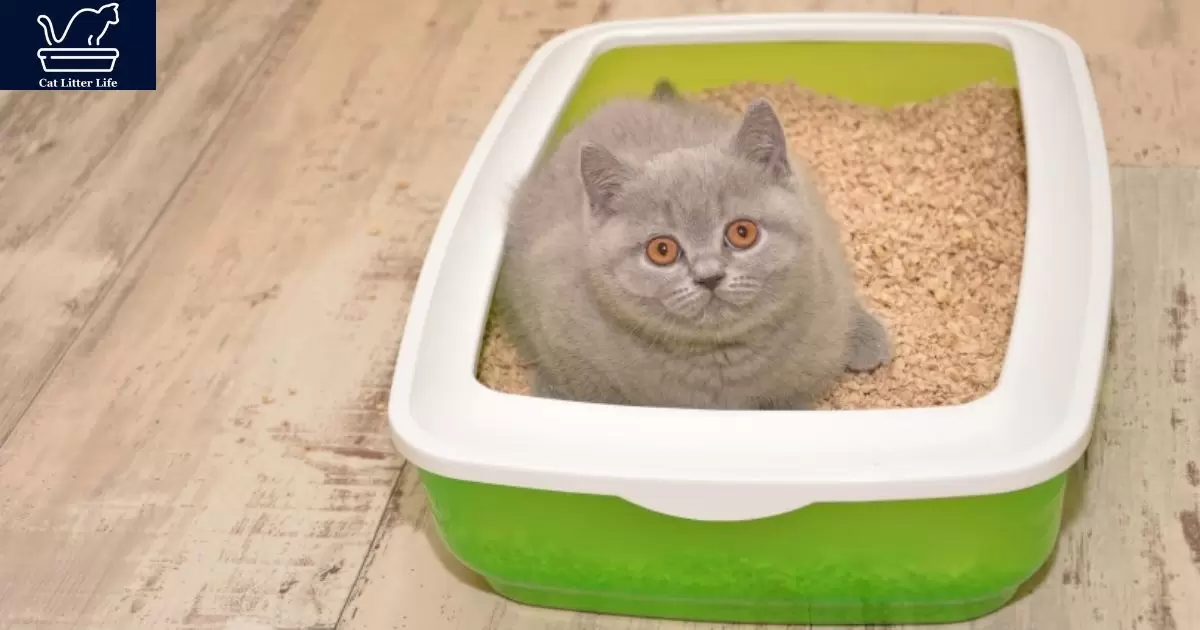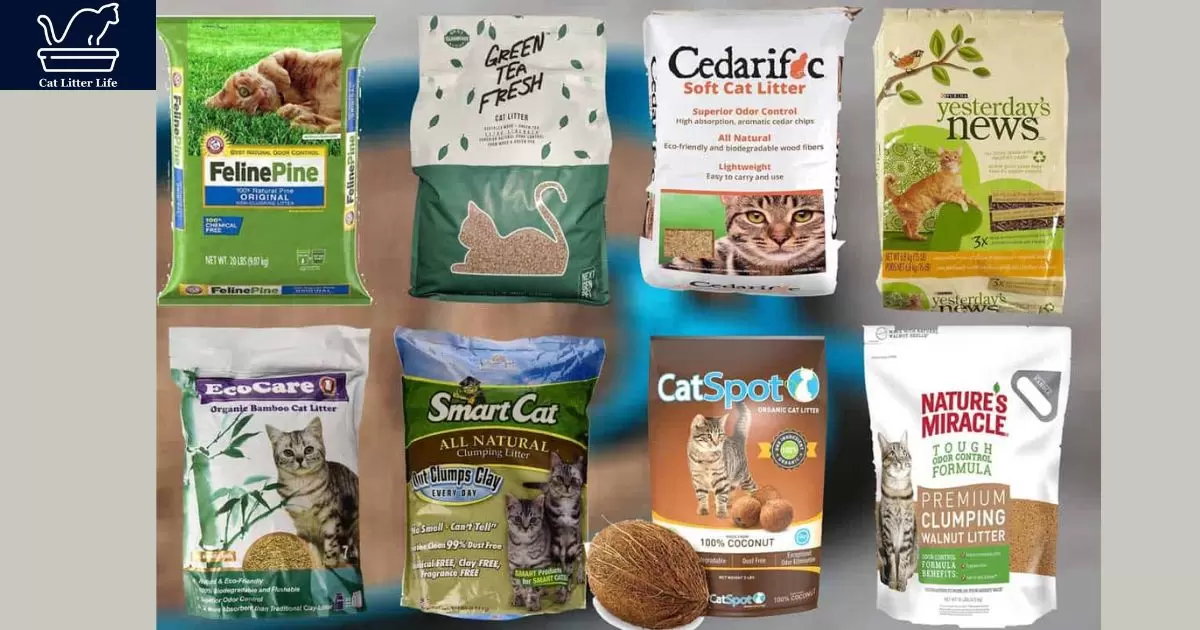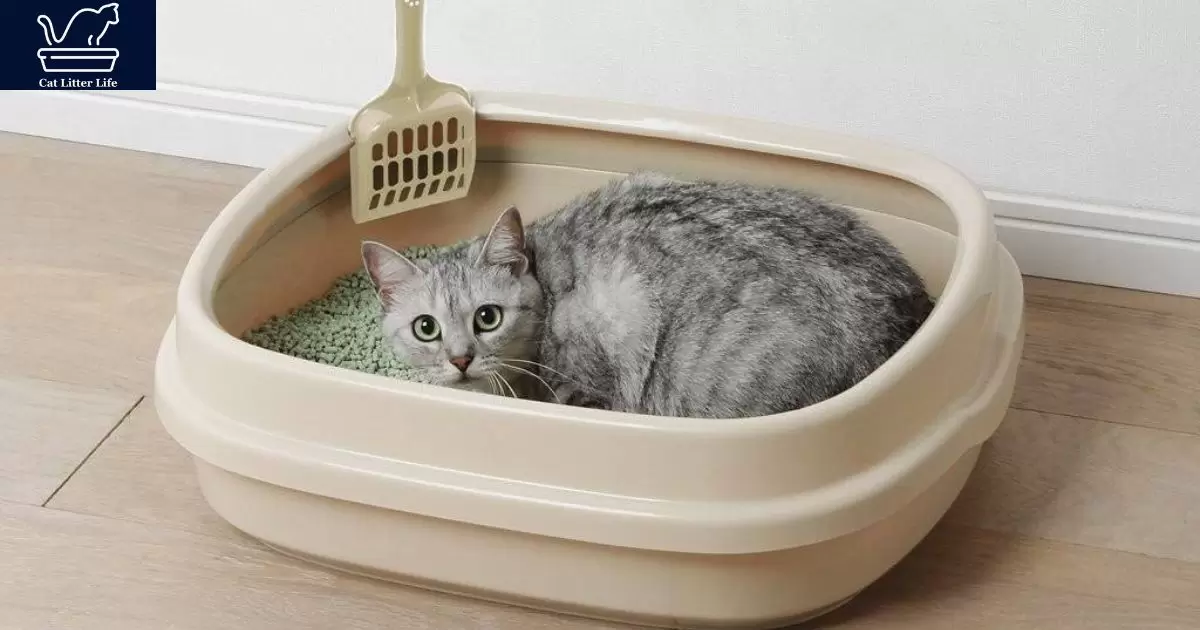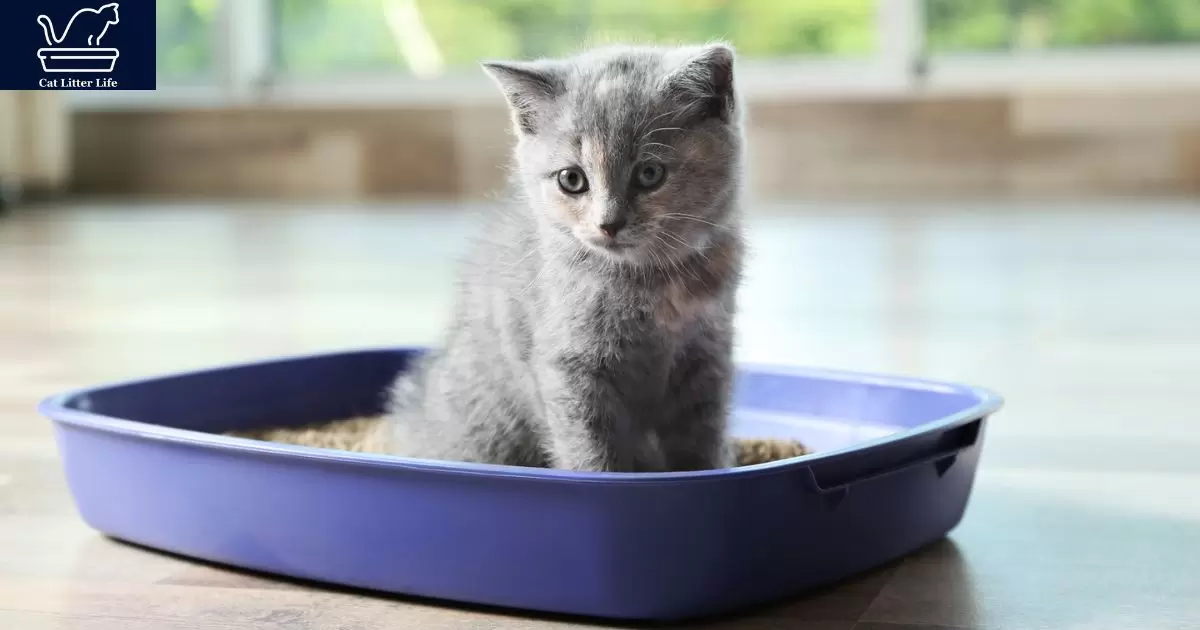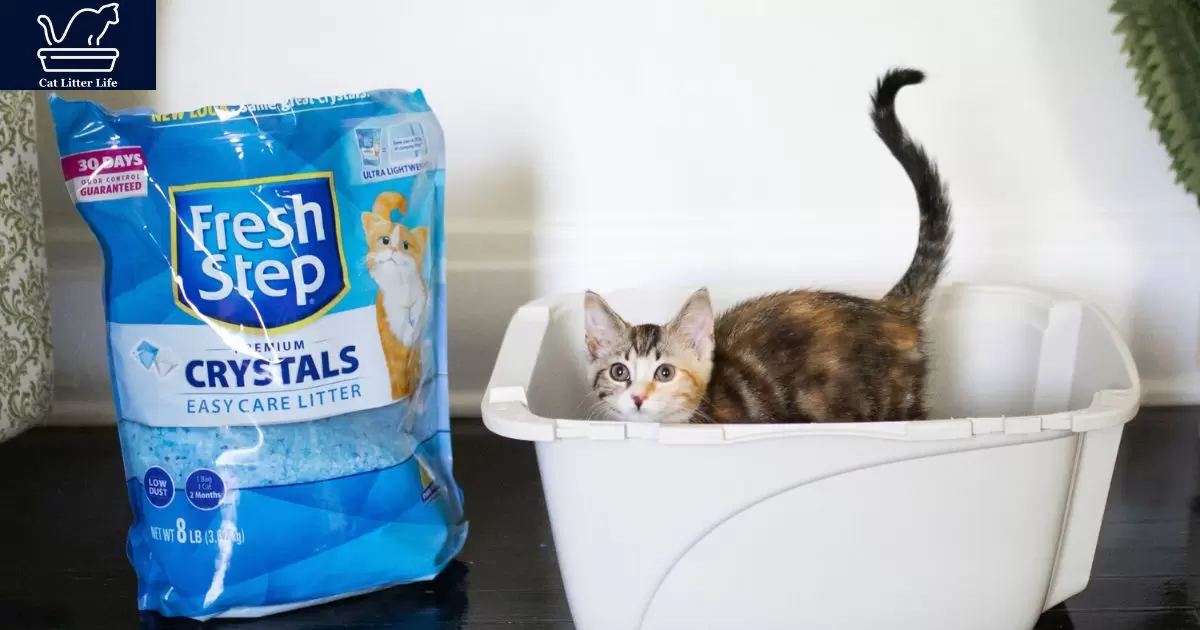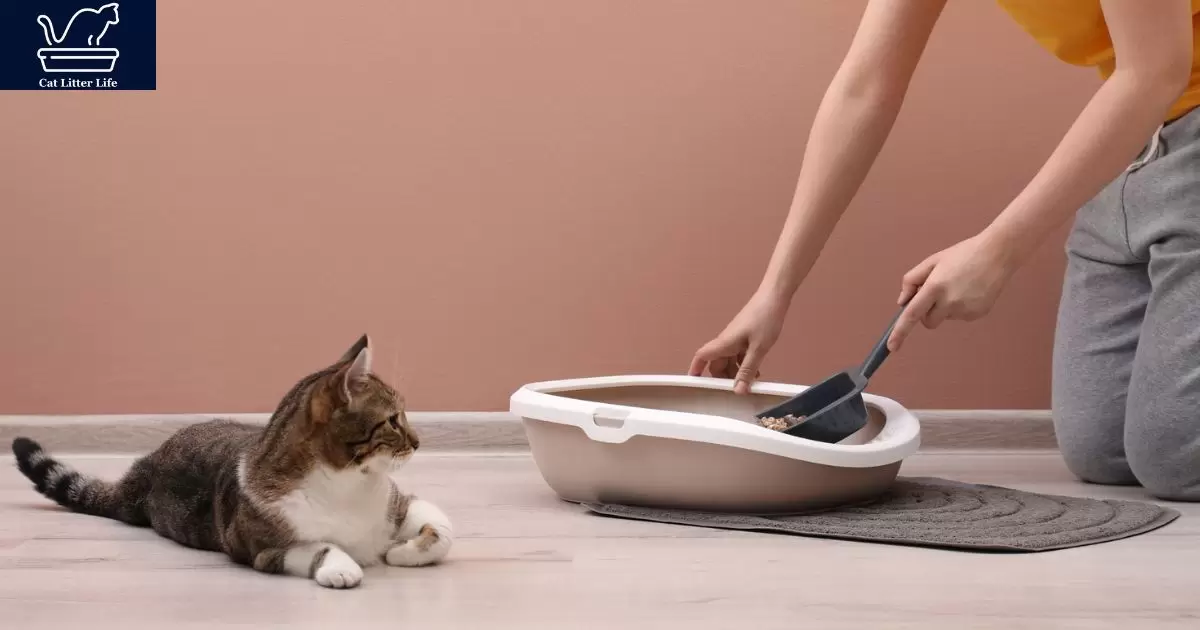Scented cat litter is a kind of cat clutter that has been treated with fragrances or scents to mask the scent of cat waste. These scents can be natural or synthetic and can variety from moderate to robust. Scented cat clutter is regularly advertised as a way to hold the clutter container smelling clean and easy.
Is Scented Cat Litter Bad For Cats? Some cats can also find the strong scents of scented cat clutter to be hectic or overwhelming, which can result in breathing issues or different fitness problems. Additionally, some cats may be much more likely to avoid the use of a litter field that has scented litter, which could lead to accidents outside the box.
Scented cat clutter is available in quite a few bureaucracies, which include clay, crystal, and pine. Some scented cat litters additionally incorporate deodorizing retailers to assist manage scent. Scented cat litter can be extra high priced than unscented cat litter, but many cat owners find that the advantages of scented cat muddles outweigh the price.
Common Ingredients in Scented Cat Litter
- Clay: The maximum common element in scented cat muddle is clay, which is a natural mineral that is quite absorbent and facilitates to govern smell.
- Deodorizers: Scented cat muddle regularly consists of deodorizers, which are probably chemical materials that assist in neutralizing odors. Common deodorizers encompass baking soda, activated charcoal, and plant extracts.
- Fragrances: Scented cat clutter moreover consists of fragrances, which are probably chemical substances that offer the muddle a nice heady scent. Fragrances may be synthetic or natural.
Potential Benefits of Scented Cat Litter
- Odor manipulation: Scented cat clutter can assist in manipulating odor with the aid of absorbing and neutralizing it. This may be useful for cat proprietors who stay in small apartments or who’ve multiple cats.
- Freshness: Scented cat clutter can help to preserve the clutter field smelling sparkling. This can be appealing to cat proprietors who need their homes to odor smooth and inviting.
- Appeal to cats: Some cats may be interested in the odor of scented cat clutter. This can encourage them to apply the clutter box greater regularly.
Potential Risks of Scented Cat Litter to Cats
Some scented cat litters comprise chemical substances and fragrances that can worsen a cat’s breathing system or pores and skin while inhaled or touched frequently. The artificial scents might also deter some cats from the usage of the muddle container due to the fact the smells appear unusual or overwhelming to their touchy noses.
Certain additive ingredients intended to mask odors could potentially be toxic if ingested by cats at some stage in grooming. Studies suggest links between household chemical exposures and feline hyperthyroidism as well. Owners need to research muddle components to ensure products are non-poisonous and perfume-free.
Respiratory Issues
Some scented cat litter includes chemical substances and fragrances that could irritate a cat’s respiratory machine when inhaled. The dirt from scented clay litter also can irritate respiratory issues. Signs include sneezing, coughing, wheezing, and discharge from eyes or nostrils. Switching to an unscented, dust-unfastened clutter can also help resolve respiratory infection.
Cats with prior respiratory illness may be more prone to reactions from scented litter chemicals. Monitoring your cat’s breathing after introducing new litters can help identify adverse effects requiring veterinary attention. Additionally, observing the behavior of a female cat laying in litter can offer insights into her comfort and potential reactions to the litter.
Skin Irritation
The perfumes, dyes, and chemicals in scented cat litter can irritate some cats’ skin upon sustained direct contact. Signs include redness, itching, and scratching around the paws and body. Switching litters may resolve irritation.
Cats with sensitivities may react worse to scented litter. Urine scald, moisture buildup, and skin infections are also risks if irritation deters the kitty from proper litter box use. Routine paw cleaning and grooming can prevent product residue buildup.
Allergic Reactions
As with humans, cats can develop allergies to ingredients in scented cat litter. Reactions may appear similar to respiratory issues and skin irritation. Additional signs like facial swelling signal a veterinary emergency.
Cats with known allergies and those new to scented litter should be monitored for adverse effects. Eliminating irritants and managing symptoms per veterinary advice is key.
Gastrointestinal Problems
Some cats may additionally ingest bits of scented clay muddle while grooming. Subsequent vomiting, diarrhea, and urge for food changes may indicate the muddled chemical substances are the anxious kitty’s digestive device.
Monitoring litter box habits helps identify any changes. Veterinary assistance may be needed to resolve vomiting and diarrhea. Switching to a different, unscented litter may prevent further gastrointestinal upset.
Identifying Cats Sensitive to Scented Cat Litter
Some cats may also moreover show signs of contamination or pain during the use of scented litter. Look for sneezing, watery eyes, wheezing, or pores and pores and skin reactions after exposure. A veterinarian can assist diagnose sensitivity through medical records, bodily exams, and hypersensitive reaction attempts if desired.
Switching to an unscented, dust-free litter may relieve symptoms. Natural litter like pine or wheat are option. Tracking symptoms for a few weeks after a change can help confirm if there’s improvement.
Signs and Symptoms of Sensitivity
Excessive sneezing, wheezing, watery eyes, and runny noses after litter box use may indicate sensitivity. Cats may also scratch more or lick and chew at their skin. Head shaking, lethargy, and hiding are other possible signs. Skin reactions like hives, redness, or hair loss might occur on paws and bellies after contact.
Factors Influencing Sensitivity
Genetics likely play a role in sensitivity. Respiratory diseases and some skin conditions may also increase risk. Age, gender, and reproductive status don’t appear to be factors. The type and amount of scent used in litter can impact reactions.
Importance of Early Detection
Noticing symptoms early allows quicker treatment by removing the irritant. This can provide relief and prevent more severe respiratory issues. It also avoids complications like skin infections from excessive licking and scratching. Discussing concerns quickly with a vet ensures appropriate care.
Alternatives to Scented Cat Litter
Unscented clay litters avoid artificial fragrances while still offering clumping and odor control. Paper-based litters like newspaper pellets naturally suppress odors without added perfumes. Reclaimed wood and grain litters utilize natural scents from their materials.
Switching to unscented varieties prevents respiratory irritation from fragrances. Cats have sensitive noses so strong litter scents can be overwhelming. Fragrance-free options allow cats to utilize their litter boxes without discomfort.
Unscented Cat Litter Options
Look for clay litters labeled as fragrance-free or unscented. These absorb odors effectively while avoiding synthetic perfumes. Paper litters like recycled newspaper naturally suppress smells too. Or try wood and grain litter with light natural scents.
Check that unscented labels truly mean no fragrances were added. Some companies mask scents with herbals or botanicals instead. Read ingredient lists to confirm.
Natural Litter Alternatives
Pine and other wood litters provide a natural woody aroma that cats enjoy. Litters made from recycled paper or wheat utilize innate scents from their materials. These create pleasant litter box environments without overwhelming cats’ sensitive noses.
Natural scents from pine and other woods appeal to cats’ preferences. Paper and grain litter also avoid synthetic fragrances while suppressing odors through natural means. Their light aromas prevent respiratory issues.
Considerations for Choosing an Alternative Litter
Ensure any new litter controls odors and clumps effectively before switching. Natural scents should be light enough for cats’ sensitive noses. Also, check tracking and dust levels to suit your home.
An ideal switch offers cats a comfortably scented litter box without compromising performance. Evaluate odor control, clumping, dust, and tracking first before choosing based on scent alone.
Making an Informed Decision
When deciding on an alternative cat litter, research multiple options weighing factors like dust levels, odor control, absorbency, texture, tracking, and ease of cleaning. Consider your cat’s wishes and litter options, the availability and affordability of diverse litters, and their effect on indoor air quality.
Weighing the Pros and Cons
Assess the advantages and disadvantages of each litter type. Compare clumping ability, scent, cost, mess, and safety. Natural litters are often more sustainable but may require more frequent changing. Synthetic options could irritate respiratory issues. Finding the right balance of cat comfort, home cleanliness, and eco-friendliness takes evaluation.
Prioritizing Cat’s Health and Well-being
No alternative that compromises your cat’s health is worth the switch. Ensure any new litter is non-toxic if ingested. Look for low-dust options that won’t aggravate allergies or asthma. See that texture doesn’t irritate paws. Ease transition stress with gradual mixing. Meet litter box hygiene standards to prevent illness.
Consulting with a Veterinarian
Discuss litter options with your vet, especially if your cat has health issues. Get input on respiratory risks, paw comfort, ingredients to avoid, transition tips, and litter box guidance. Factor your vet’s advice on safety and suitability into your decision process. They can provide clarity when you’re uncertain about the wisest choice.
FAQ’s
Is scented muddle bad for my cat’s breathing gadget?
Yes, scented litters can aggravate a cat’s breathing device and aggravate situations like asthma. The fragrances and chemicals can cause respiratory troubles.
Can perfumed litters provide my cat with allergic reactions?
Scented litters may additionally cause allergies in some cats, inflicting pores and skin irritation, itchiness, sneezing, or watery eyes. Unscented clutter is less probably to produce hypersensitive reactions.
Do cats mind robust smells from muddles?
Cats have a very robust sense of scent so heavy fragrances from muddle may be overwhelming and deter them from using the muddle container. It’s first-rate to use unscented or lightly scented clutter.
Will my cat devour scented muddle?
There is a few chance a cat might also ingest scented muddle out of interest. The fragrances and chemicals should disillusion their belly or cause different health issues if eaten.
Should I switch to unscented cat clutter?
An unscented, natural litter with minimal dirt is right for most cats. It reduces the danger of respiratory infection, hypersensitive reactions, and different fitness troubles that sturdy scents or chemical compounds may cause.
Conclusion
The research shows that scented cat litter can be problematic for some cats, but not all. Certain fragrances may overwhelm a cat’s sensitive sense of smell or trigger respiratory issues like asthma. And chemicals used for scenting could potentially irritate.
However, many cats tolerate scented litter without problems, according to Pet Ownership Statistics. There is no definitive proof that scented litters directly cause infections or other health conditions. It comes down to the individual cat’s tolerance and preferences.
Pet owners should pay attention to signs of irritation from scented litter. If issues emerge, unscented natural litters with odor absorbers like baking soda and activated charcoal make a good alternative. Overall, scented cat litter’s suitability depends on the cat. Some do fine with it, while others require unscented options for their health and comfort.
